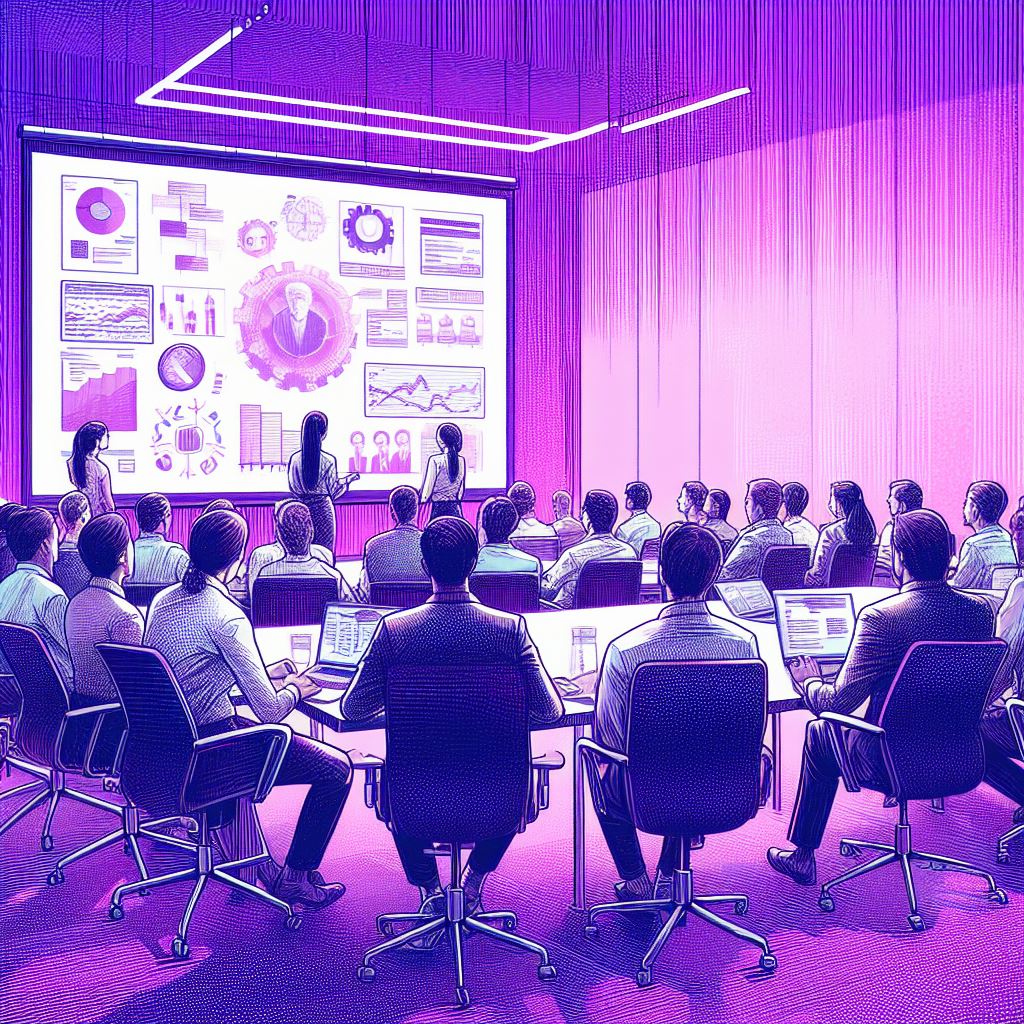Employee Satisfaction Reimagined: Breaking Free from Old Paradigms
In a rapidly changing corporate landscape, the traditional understanding of employee satisfaction is being challenged and redefined. It’s time to look beyond conventional paradigms and explore employee satisfaction from uncharted perspectives. This exploration leads us to discover innovative approaches and fresh insights that can revolutionize the way organizations think about and foster employee satisfaction. Let’s dive into these novel perspectives and understand how they can reshape the workplace.
1. The Connection Between Autonomy and Mastery
The relationship between autonomy and mastery is emerging as a key driver of employee satisfaction. When employees are given the freedom to approach tasks in their own way and are provided with opportunities to master new skills, their satisfaction levels soar. This approach fosters a sense of ownership and pride in their work, leading to higher engagement and productivity.
Research by O.C. Tanner indicates that fulfilling these needs elicits a robust, positive emotional reaction that significantly enhances employees’ perceptions. On the other hand, when a need goes unmet, the result is the opposite — employees’ perceptions become negative and diminished.
2. The Impact of Workplace Design on Employee Satisfaction
The physical workspace plays a crucial role in shaping employee satisfaction. Innovative office designs that promote collaboration, creativity, and comfort can significantly enhance the work experience. Elements like natural lighting, ergonomic furniture, and recreational spaces contribute to a positive and stimulating work environment.

3. The Role of Environmental Sustainability
Increasingly, employees are seeking employers who are committed to environmental sustainability. Organizations that implement green practices and contribute to environmental conservation are seen as more attractive, leading to higher satisfaction among environmentally conscious employees.
4. The Influence of Corporate Social Responsibility (CSR)
Employees today want to be part of organizations that make a positive impact on society. Companies with strong CSR programs that contribute to social causes and community development often see higher levels of employee satisfaction. This sense of contributing to the greater good can be deeply fulfilling.
5. The Significance of Mental Health Support
Mental health is gaining recognition as a critical component of employee satisfaction. Providing resources for mental health support, such as counseling services, stress management programs, and mental health days, can make employees feel valued and cared for.
APA’s 2022 survey reveals that 71% of workers see increased employer focus on mental health, with 81% of respondents prioritizing this in future job choices.
6. The Emergence of Gig and Flexible Work
The rise of gig work and flexible job arrangements is redefining satisfaction for many employees. The ability to choose when, where, and how much to work can lead to a better work-life balance and higher satisfaction for those who value flexibility and independence.
7. The Power of Peer Recognition for Employee Satisfaction
While recognition from leadership is important, peer recognition is emerging as a powerful tool for boosting satisfaction. Creating platforms where employees can appreciate and acknowledge each other’s contributions can foster a supportive and positive work culture.
8. The Importance of Authentic Leadership
Authentic leadership, characterized by transparency, empathy, and integrity, is becoming increasingly important for employee satisfaction. Leaders who are genuine, approachable, and consistent in their actions and values can inspire trust and loyalty among employees.
9. The Trend of Customizable Benefits for Employee Satisfaction
Customizable benefits packages that allow employees to choose perks and benefits that best suit their individual needs are becoming popular. This personalized approach to benefits can lead to higher satisfaction as it caters to diverse lifestyles and preferences.
10. The Focus on Continuous Feedback
Moving away from traditional annual reviews, continuous feedback is becoming a preferred approach. Regular check-ins and constructive feedback help employees stay aligned with organizational goals and feel supported in their growth.
In Conclusion
Redefining employee satisfaction requires a shift in perspective, embracing innovative approaches that go beyond traditional measures. By focusing on autonomy and mastery, workplace design, environmental sustainability, CSR, mental health support, flexible work, peer recognition, authentic leadership, customizable benefits, and continuous feedback, organizations can create a work environment where satisfaction is not just achieved but sustained and evolved.
Explore our blog “Employee Satisfaction: Leveraging Technology and Flexibility for a Better Workplace” to gain actionable insights and strategies. Our upcoming articles will further delve into these innovative perspectives, guiding organizations through the evolving landscape of employee satisfaction.









